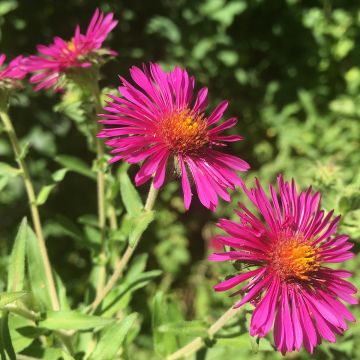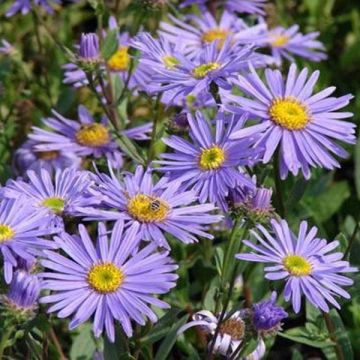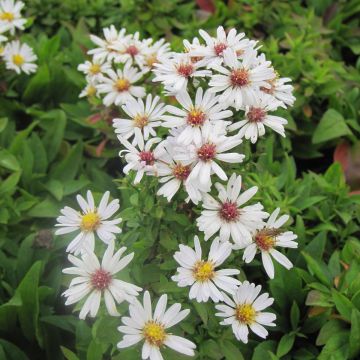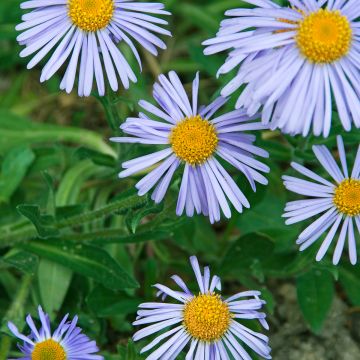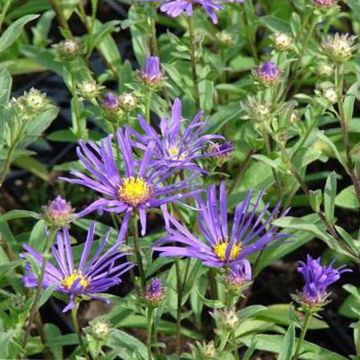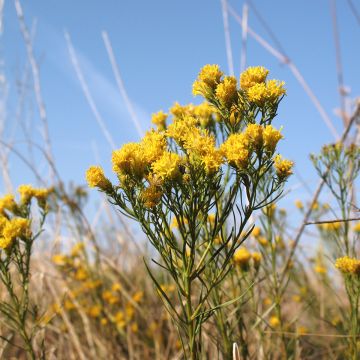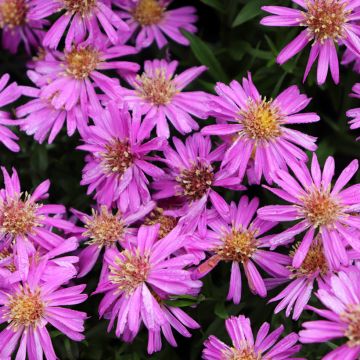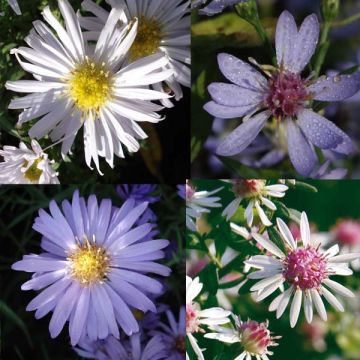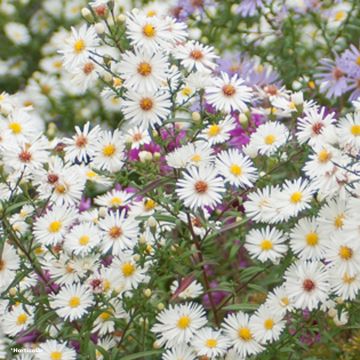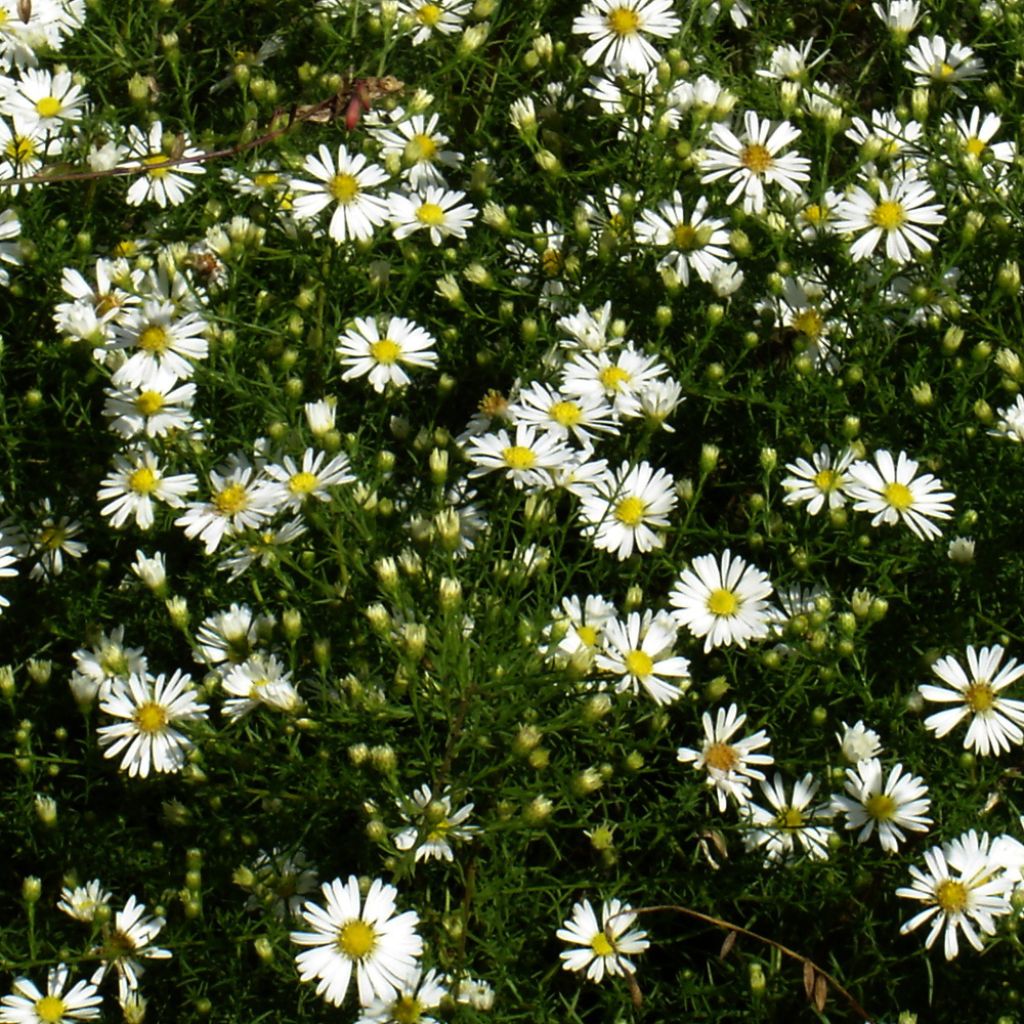

Aster tradescantii
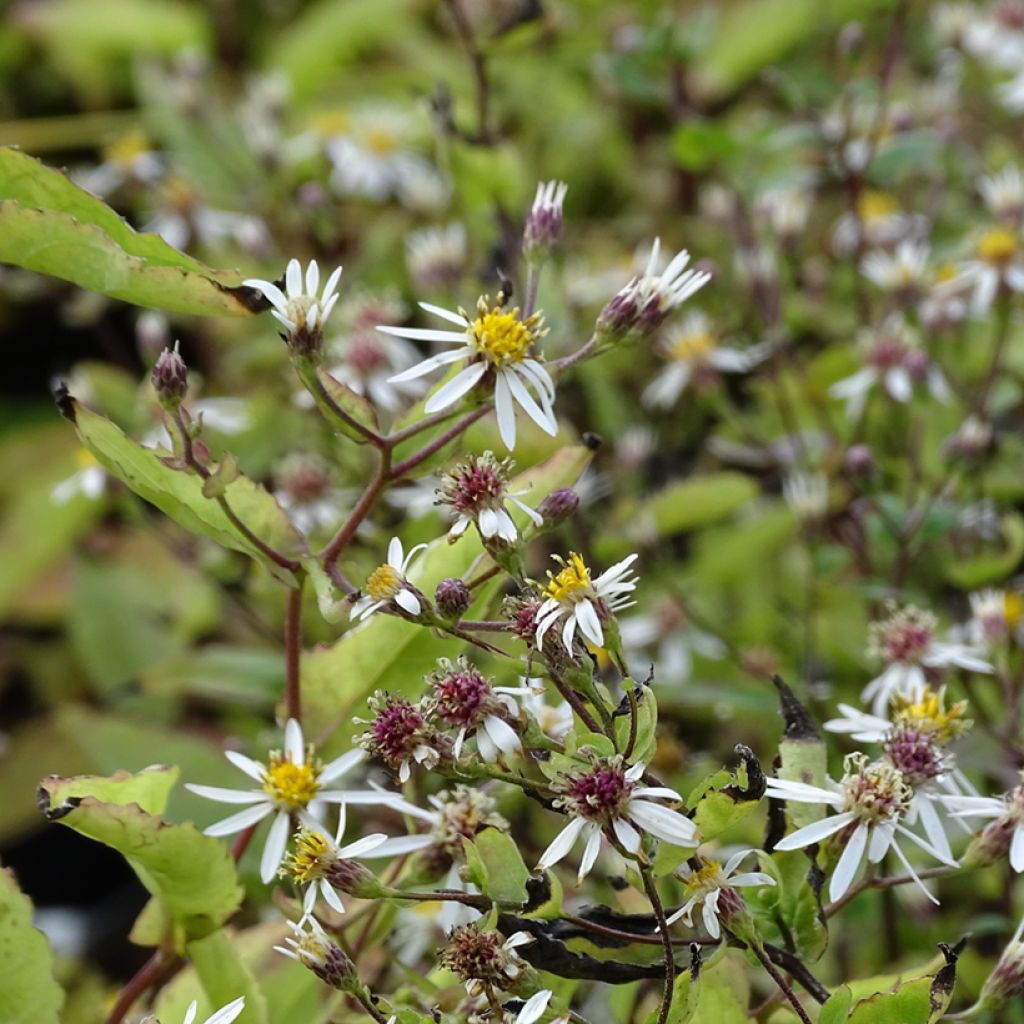

Aster tradescantii
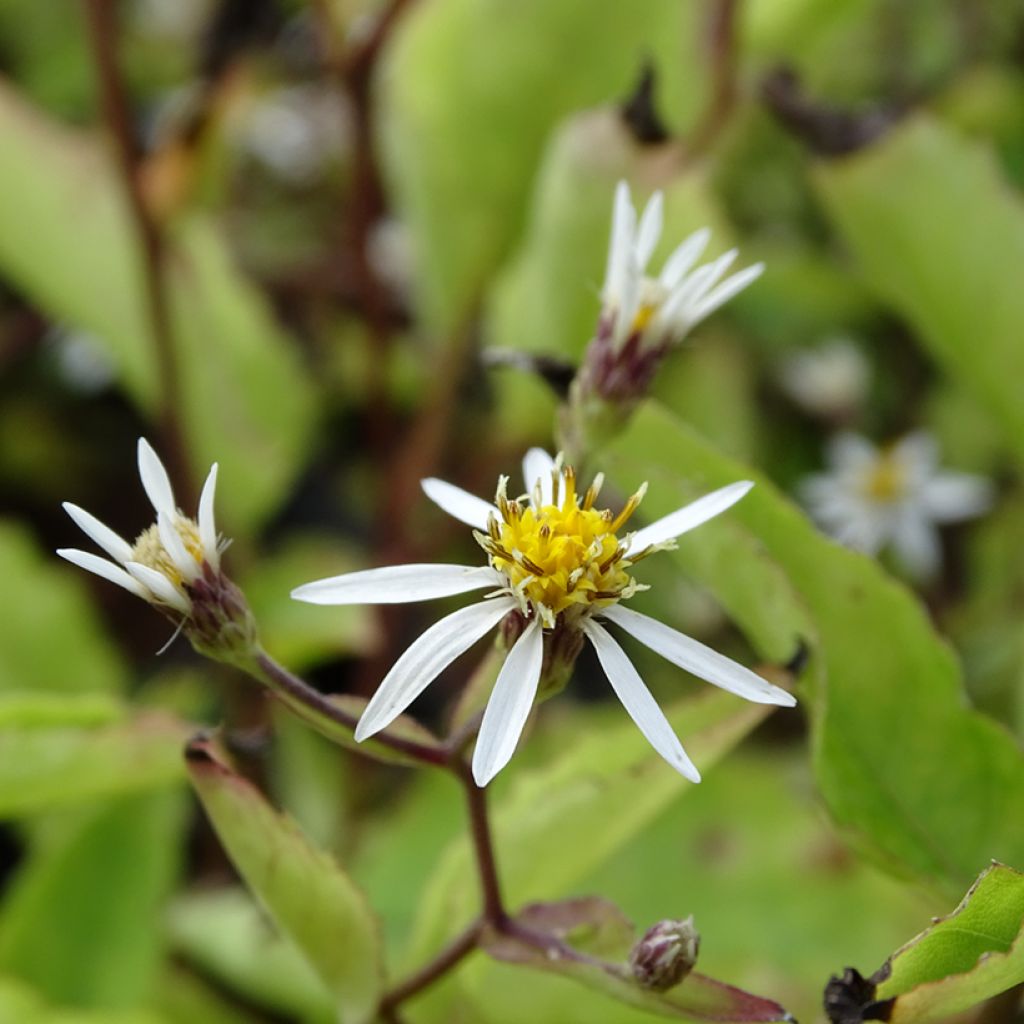

Aster tradescantii
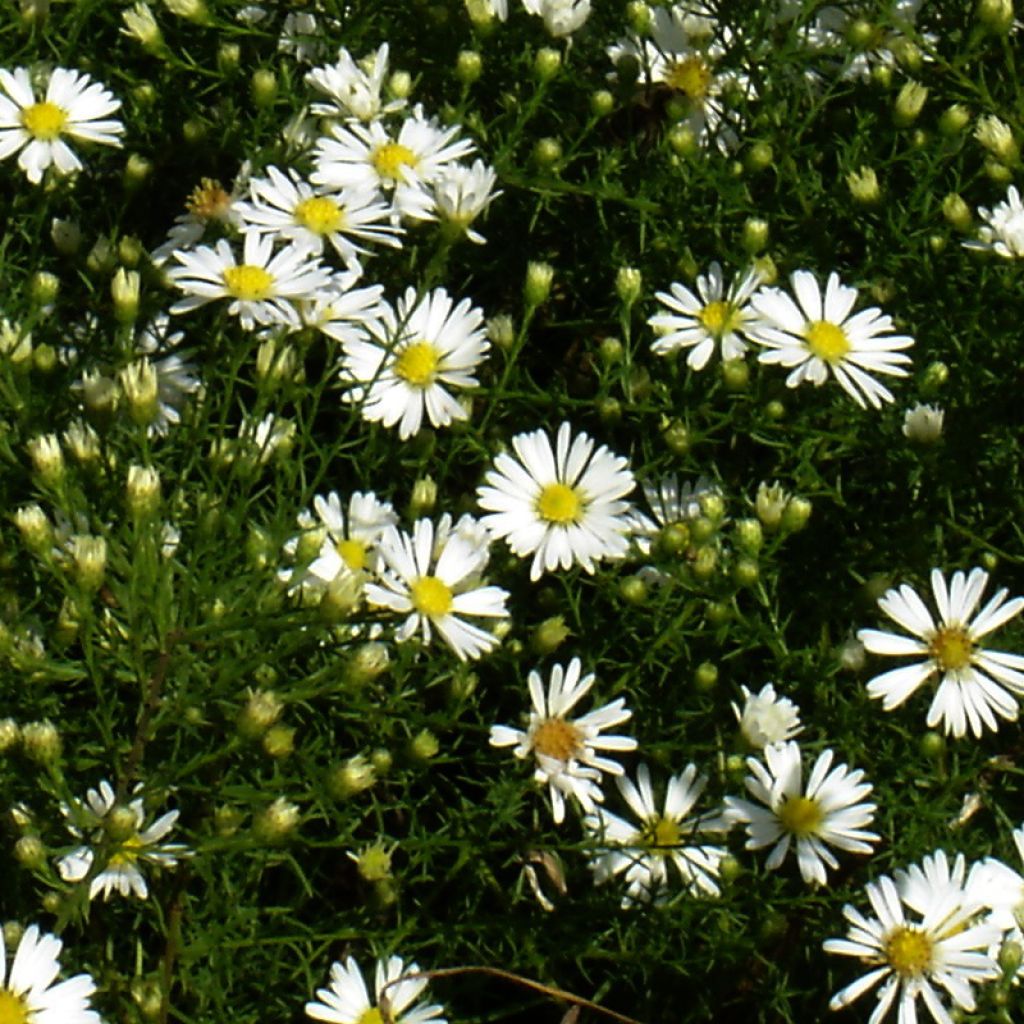

Aster tradescantii
Aster tradescantii
Aster tradescantii
Michaelmas daisy
This item cannot be shipped to the selected country
Delivery charge from €5.90
Delivery charge from €5.90
Delivery to Corse prohibited
More information
Schedule delivery date,
and select date in basket
This plant carries a 12 months recovery warranty
More information
We guarantee the quality of our plants for a full growing cycle, and will replace at our expense any plant that fails to recover under normal climatic and planting conditions.
From €5.90 for pickup delivery and €6.90 for home delivery
Express home delivery from €8.90.
From €5.90 for pickup delivery and €6.90 for home delivery
Express home delivery from €8.90.
Delivery to Corse prohibited: UE law prohibits the import of this plant from mainland France to Corse as part of the fight against Xylella fastidiosa. Please accept our sincere apologies.
More information
Does this plant fit my garden?
Set up your Plantfit profile →
Description
Aster tradescantii, also known as Symphyotrichum tradescantii, is a North American wild species that deserves to be discovered by gardeners. It reveals itself in autumn, when it forms a superb ball covered with countless small white flowers, followed by feathery, silvery seeds. Planted in rich and moist soil, this modest plant from the rocky shores of Maine and Vermont undergoes a metamorphosis and grows to significant dimensions. This very hardy perennial is the star of the garden in the late season.
Aster tradescantii belongs to the aster family. It is native to northeastern North America, specifically Newfoundland and Labrador, the states of Maine, Massachusetts, and Vermont. In nature, it is found on wet, rocky, and gravelly shores, in fissures filled with silt, between rocks in rapids, or along freshwater estuaries. This perennial grows from a non-invasive clump-forming crown with short rhizomes. Its above-ground vegetation is deciduous, emerging in spring and drying up in autumn. With rapid growth, the plant forms a rounded, tightly packed clump that is generally less than 70 cm (28in) tall, but can reach up to 1.50 m (5ft) in all directions in rich, deep, and moist soil. Flowering generally occurs from September to late October. The 'flower' is actually a small head with white petal-like peripheral flowers. The central flowers (the heart) are white and then turn brown. Together, they form bouquets of incredibly delicate stars. This aster develops strong, well-branched, smooth, dark-coloured stems. The leaves of this aster are thin, pointed at their tips, and dark green. The plant self-seeds spontaneously in the garden, abundantly if the conditions suit it.
The Tradescant Aster is interesting in a large rock garden that is not too dry or between the stones of a pavement, where it forms a small, tightly packed tuft. But it is most spectacular in a large flower bed. Associate it with autumn asters laevis and turbinellus, both of which are also intrepid and charming. It also forms a beautiful ensemble with Alcea x Parkallee, an imposing Malvaceae with pink flowers, a remontant rose with white or pink flowers, and Miscanthus Yaku Jima with feathery panicles... poetic and opulent, it blends very well with other plants in a flower bed, in partial shade or in the sun.
Report an error about the product description
Aster tradescantii in pictures
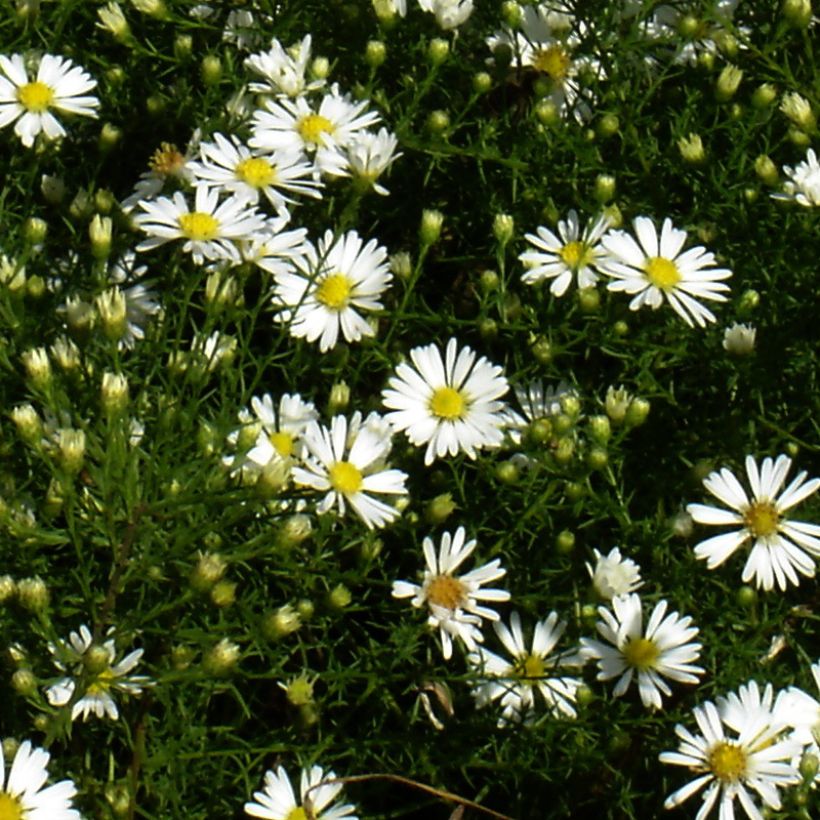

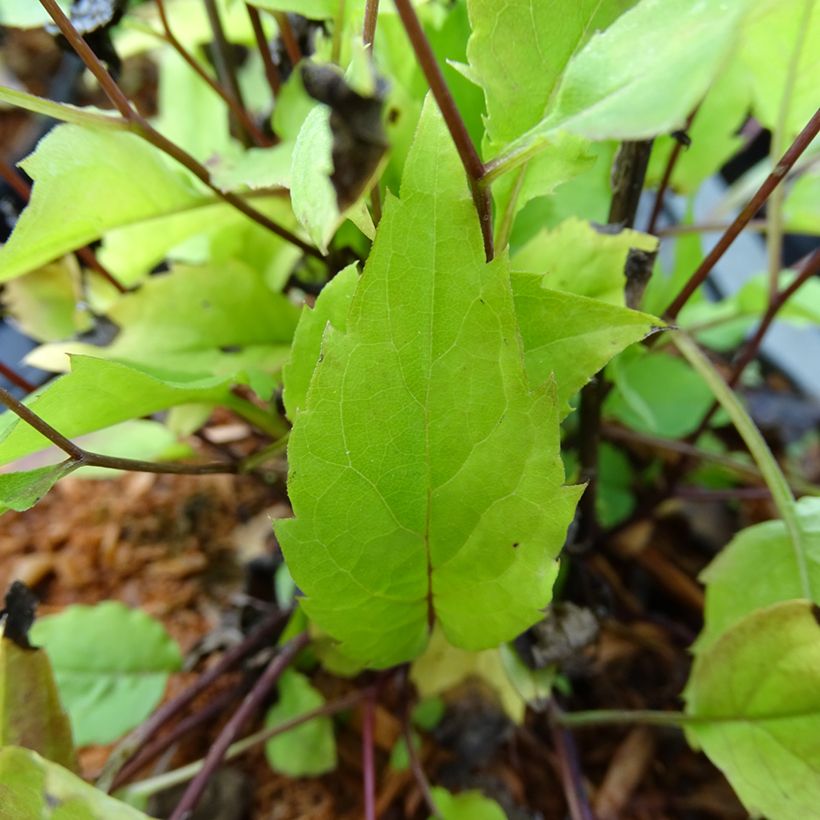

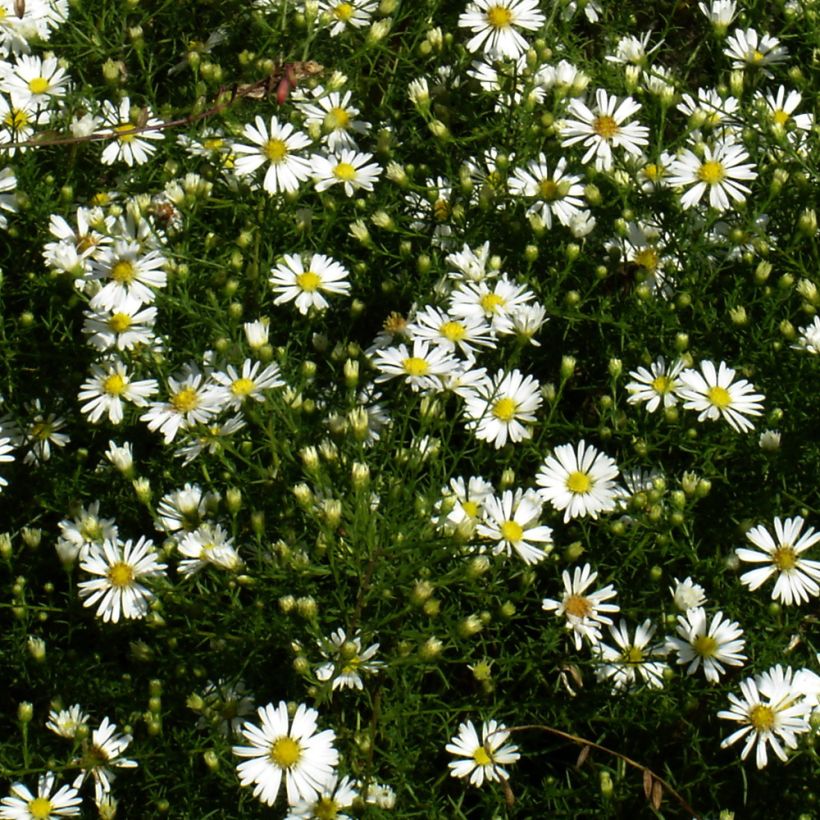

Flowering
Foliage
Plant habit
Botanical data
Aster
tradescantii
Asteraceae
Michaelmas daisy
North America
Other Asters
Planting and care
Plant Aster trandescantii in spring or autumn, in soil that remains moist, even limestone. Choose a sunny (it will be denser and more floriferous) or semi-shaded exposure. It will be more beautiful in rich and deep soil, but also tolerates a rockery if it is not dry. It can also be planted near a pond, in regularly moistened rocks, not far from a waterfall for example. Autumn hybrids, large or small, will benefit from being divided every 2 to 3 years to regenerate the crown and protect them from powdery mildew.
Planting period
Intended location
Care
This item has not been reviewed yet - be the first to leave a review about it.
Haven't found what you were looking for?
Hardiness is the lowest winter temperature a plant can endure without suffering serious damage or even dying. However, hardiness is affected by location (a sheltered area, such as a patio), protection (winter cover) and soil type (hardiness is improved by well-drained soil).

Photo Sharing Terms & Conditions
In order to encourage gardeners to interact and share their experiences, Promesse de fleurs offers various media enabling content to be uploaded onto its Site - in particular via the ‘Photo sharing’ module.
The User agrees to refrain from:
- Posting any content that is illegal, prejudicial, insulting, racist, inciteful to hatred, revisionist, contrary to public decency, that infringes on privacy or on the privacy rights of third parties, in particular the publicity rights of persons and goods, intellectual property rights, or the right to privacy.
- Submitting content on behalf of a third party;
- Impersonate the identity of a third party and/or publish any personal information about a third party;
In general, the User undertakes to refrain from any unethical behaviour.
All Content (in particular text, comments, files, images, photos, videos, creative works, etc.), which may be subject to property or intellectual property rights, image or other private rights, shall remain the property of the User, subject to the limited rights granted by the terms of the licence granted by Promesse de fleurs as stated below. Users are at liberty to publish or not to publish such Content on the Site, notably via the ‘Photo Sharing’ facility, and accept that this Content shall be made public and freely accessible, notably on the Internet.
Users further acknowledge, undertake to have ,and guarantee that they hold all necessary rights and permissions to publish such material on the Site, in particular with regard to the legislation in force pertaining to any privacy, property, intellectual property, image, or contractual rights, or rights of any other nature. By publishing such Content on the Site, Users acknowledge accepting full liability as publishers of the Content within the meaning of the law, and grant Promesse de fleurs, free of charge, an inclusive, worldwide licence for the said Content for the entire duration of its publication, including all reproduction, representation, up/downloading, displaying, performing, transmission, and storage rights.
Users also grant permission for their name to be linked to the Content and accept that this link may not always be made available.
By engaging in posting material, Users consent to their Content becoming automatically accessible on the Internet, in particular on other sites and/or blogs and/or web pages of the Promesse de fleurs site, including in particular social pages and the Promesse de fleurs catalogue.
Users may secure the removal of entrusted content free of charge by issuing a simple request via our contact form.
The flowering period indicated on our website applies to countries and regions located in USDA zone 8 (France, the United Kingdom, Ireland, the Netherlands, etc.)
It will vary according to where you live:
- In zones 9 to 10 (Italy, Spain, Greece, etc.), flowering will occur about 2 to 4 weeks earlier.
- In zones 6 to 7 (Germany, Poland, Slovenia, and lower mountainous regions), flowering will be delayed by 2 to 3 weeks.
- In zone 5 (Central Europe, Scandinavia), blooming will be delayed by 3 to 5 weeks.
In temperate climates, pruning of spring-flowering shrubs (forsythia, spireas, etc.) should be done just after flowering.
Pruning of summer-flowering shrubs (Indian Lilac, Perovskia, etc.) can be done in winter or spring.
In cold regions as well as with frost-sensitive plants, avoid pruning too early when severe frosts may still occur.
The planting period indicated on our website applies to countries and regions located in USDA zone 8 (France, United Kingdom, Ireland, Netherlands).
It will vary according to where you live:
- In Mediterranean zones (Marseille, Madrid, Milan, etc.), autumn and winter are the best planting periods.
- In continental zones (Strasbourg, Munich, Vienna, etc.), delay planting by 2 to 3 weeks in spring and bring it forward by 2 to 4 weeks in autumn.
- In mountainous regions (the Alps, Pyrenees, Carpathians, etc.), it is best to plant in late spring (May-June) or late summer (August-September).
The harvesting period indicated on our website applies to countries and regions in USDA zone 8 (France, England, Ireland, the Netherlands).
In colder areas (Scandinavia, Poland, Austria...) fruit and vegetable harvests are likely to be delayed by 3-4 weeks.
In warmer areas (Italy, Spain, Greece, etc.), harvesting will probably take place earlier, depending on weather conditions.
The sowing periods indicated on our website apply to countries and regions within USDA Zone 8 (France, UK, Ireland, Netherlands).
In colder areas (Scandinavia, Poland, Austria...), delay any outdoor sowing by 3-4 weeks, or sow under glass.
In warmer climes (Italy, Spain, Greece, etc.), bring outdoor sowing forward by a few weeks.

































